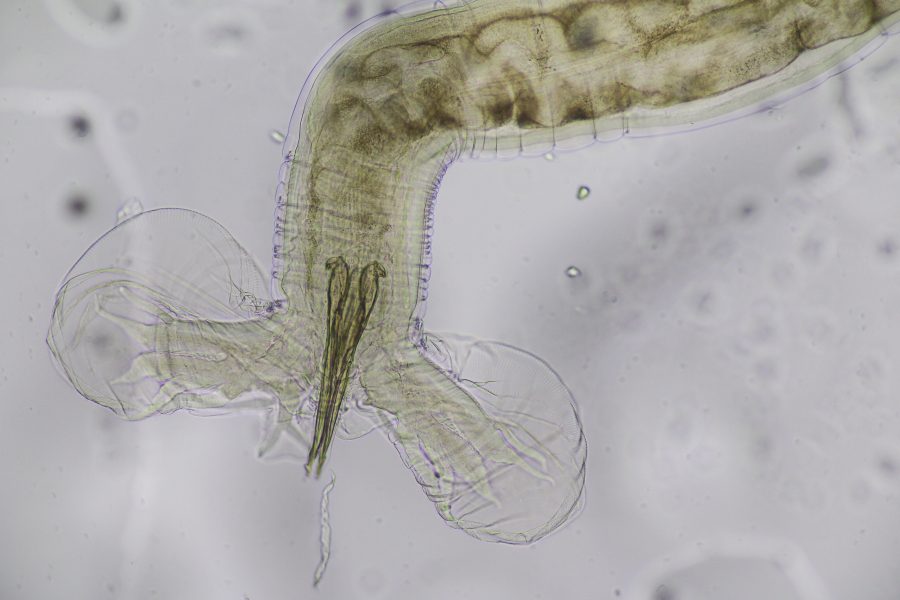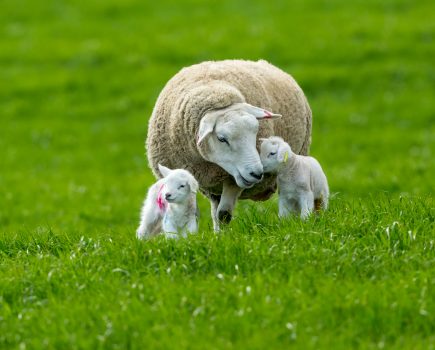One of the biggest challenges faced by livestock farmers is the presence of parasites. Parasites have had a negative impact on animal health, productivity and profitability for centuries. There are records of laws to control sheep scab as far back as 949, and even after multiple attempts to eradicate the mite, it is still having a negative impact on sheep welfare and causing huge economic losses, writes Sharminda Lockwood BVetMed CertAVP, Westpoint Farm Vets.
Of post mortem submissions made to the GB veterinary diagnostic network, sheep parasitic gastroenteritis (PGE), a heavy worm burden, is the most diagnosed cause of death in sheep. In cattle, cryptosporidiosis, a parasitic protozoon, is the most common cause of death in pre-weaned calves.
Controlling parasites remains a major challenge for both sheep and cattle farmers, but with a proactive parasite control plan their impact can be minimised.
The initial challenge and first step to formulating a parasite control plan on farm is to know what parasites are present. Parasites affecting livestock are broadly categorised into internal and external parasites. Internal parasites include gastrointestinal nematodes (worms), liver fluke, lung worm, coccidiosis and cryptosporidium. External parasites include lice, mange mites, ticks and flies. Knowing the parasites present and how to monitor them, for example by using faecal egg counts for worms, is essential.
The second challenge is keeping parasites you don’t have off your farm. Animal movements are an easy way to spread parasites, so a control plan must include strategies to keep parasites away. This is achieved by having strict biosecurity, buying in and quarantine protocols in place.
The most pressing challenge to parasite control is the growing resistance of internal parasites to anthelmintic drugs. Overuse and misuse of wormers has led to anthelmintic resistance (AR), which is recognised as a growing threat to both the sheep and cattle industry.
Over 80% of sheep farms in the UK have resistance to at least one or more classes of wormers. With only five classes of wormers available, it is essential that AR is not ignored, and plans include strategies to monitor for and minimise AR on farm. Resistance is not limited to worms; resistance of sheep scab mites to injectable treatments and resistance of fluke to triclabendazole is also seen in the UK.
Climate change and changing parasite patterns are further challenges, particularly here in the South East. Fewer colder spells are leading to a change in worm patterns in livestock. For example, with the recent mild winter we have seen unusually high worm counts in store lambs over the past few months and the season for haemonchus seems to be extending into late autumn.
Knowing the parasite patterns on your farm and keeping up to date with parasite forecasts is essential to managing risk through strategic grazing and timing of treatments.
In summary, parasite control on UK farms is becoming increasingly complex, but by embracing integrated approaches to control and staying informed about best practices, the challenges can be mitigated. SCOPS (Sustainable Control of Parasite in Sheep) and COWS (Control of Worms Sustainably) are industry led groups working to help farmers practise sustainable parasite control and slow the incidence of AR and are great resources for further information.
For more like this, sign up for the FREE South East Farmer e-newsletter here and receive all the latest farming news, reviews and insight straight to your inbox.







